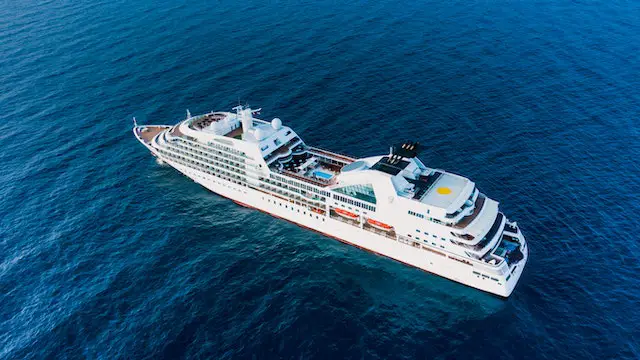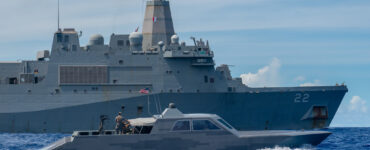Ships have played a pivotal role in human history enabling exploration trade and transportation across vast bodies of water. Over centuries of innovation and ingenuity ships have evolved from simple vessels to technological marvels that navigate the oceans with precision and grace. In this article we embark on a fascinating journey through time to explore the evolution of ships from ancient times to the magnificent cruise liners of today.
Ancient Ships: From Reed Boats to Galleys
The origins of shipbuilding date back thousands of years with ancient civilizations developing various types of vessels suited to their needs. Ancient Egyptians for example built reed boats that sailed along the Nile River and were used for transportation and trade. The Phoenicians skilled seafarers of the Mediterranean constructed galleys propelled by oars which played a vital role in their maritime dominance.
The Age of Exploration: Sailing Ships and Caravels
The Age of Exploration witnessed a significant leap in shipbuilding technology. European explorers like Christopher Columbus and Vasco da Gama sailed the seas aboard sailing ships and caravels. These vessels featured multiple masts and triangular sails that allowed sailors to navigate more efficiently against the wind. The caravel in particular was known for its versatility and played a crucial role in opening up new trade routes and discovering new lands.
The Golden Age of Sail: Clipper Ships and Schooners
In the 19th century the advent of steam power revolutionized shipbuilding. However it was also the golden age of sail with the construction of magnificent clipper ships and schooners. Clipper ships were sleek fast vessels designed for long-distance trade particularly during the California Gold Rush. Schooners on the other hand were known for their speed and agility making them ideal for coastal trading and fishing.
The Steamship Era: Paddle Steamers and Ocean Liners
With the rise of the Industrial Revolution steam power became a dominant force in ship propulsion. Paddle steamers equipped with large paddle wheels on either side revolutionized river transportation and played a vital role in the development of inland trade. As technology advanced steam power was harnessed for ocean travel leading to the emergence of grand ocean liners like the RMS Titanic and the RMS Queen Mary offering luxurious accommodations and unparalleled transatlantic voyages.
The Modern Era: Container Ships and Cruise Liners
In the modern era ships have become even larger more efficient and technologically advanced. Container ships revolutionized global trade by standardizing cargo transportation allowing goods to be transported in standardized containers across the world’s oceans. Cruise liners the epitome of luxury and leisure offer passengers a floating paradise with a multitude of amenities entertainment options and breathtaking itineraries to destinations around the globe.
Technological Advancements: Navigation Systems and Propulsion
Advancements in technology have played a crucial role in the evolution of ships. Navigation systems such as radar GPS and sonar have significantly improved safety and accuracy at sea. Propulsion systems have evolved from sail power to steam engines and eventually to highly efficient diesel engines and gas turbines providing ships with increased speed maneuverability and fuel efficiency.
Environmental Considerations: Towards Sustainable Shipping
In recent years there has been a growing emphasis on sustainable shipping practices. Shipbuilders and operators are increasingly incorporating eco-friendly designs utilizing alternative fuels and implementing measures to reduce emissions and minimize the environmental impact of ships. The aim is to strike a balance between maritime activities and preserving the delicate ecosystems of the world’s oceans.
Appreciating the Evolution of Ships
The evolution of ships is a testament to human ingenuity innovation and the insatiable desire to explore the vast expanse of the oceans. By understanding the remarkable journey from ancient vessels to modern-day cruise liners we gain a deeper appreciation for the remarkable engineering feats and the profound impact that ships have had on shaping the course of history.

Hi, I’m Jodie! I’m a spain-Moroccan writer with a passion for imagination, adventures, magic and stories with heart.
Please don’t hesitate to contact me for any questions, suggestions, comments or feedback.
















Add comment